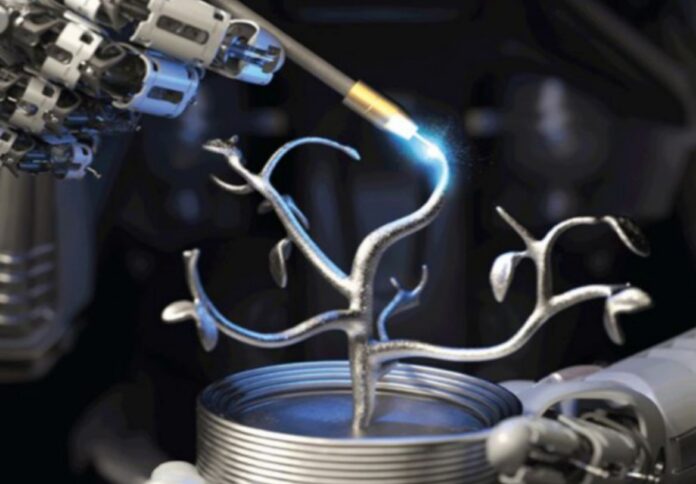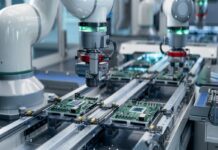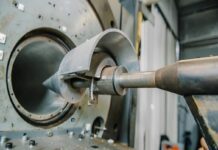
Manufacturers using welding techniques suffer from limitations in realising complex structures because of the limited process of building one layer at a time – this is because subsequent layers are laminated after complete solidification preventing the molten metal from flowing down. As a result, a cooling period is necessary, and the circumstances that can be laminated are restricted to certain examples.
To solve this problem, a research team led by Dr Sang-woo Song, Dr Chan-kyu Kim, Dr Kang-myung Seo at the Department of Joining Technology of the Korea Institute of Materials Science (KIMS), a government-funded research institute under the Ministry of Science and ICT, has developed a foundational technology for controlling the volume of molten metal in the process of 3D printing metal using welding techniques.
They were able to do this through joint research with a research team led by Dr Dae-won Cho of the Busan Machinery Research Center at the Korea Institute of Machinery & Materials and a research team led by Professors Young-tae Cho and Seok Kim of Changwon University’s Department of Mechanical Engineering.
Adding 3D free-form additive manufacturing to the traditional process
Using computer analysis, the research team calculated and precisely controlled the volume of solidified metal as well as the molten metal’s surface tension in line with the convection and conduction. They have developed a technique that enables the production of metal additively in any orientation, including above, vertically, obliquely, and horizontally.
As a result, there is no discernible layer boundary, the manufacturing time is cut in half, and the metal creates a dense microstructure with exceptional mechanical properties while it is still in the liquid phase.
Sang-woo Song, the principal researcher at KIMS, who is in charge of the research, said they added 3D free-form additive manufacturing to the continuous AM process, which was considered impossible in the existing metal additive manufacturing process.
He explained, “Like the existing 3D printing technology using polymers, it is possible to easily manufacture complex structures using existing metal welding materials, suggesting a new paradigm for the manufacturing industry.”
Development of metal 3D printing pen technology
As a result, the researchers have successfully developed a metal 3D printing pen technology that can continuously print metal in a three-dimensional space with freedom.
In particular, the benefit of the study team’s developed metal 3D printing pen technology is the ability to freely and continuously print metal with freedom in the direction of the welding torch’s movement in three-dimensional space.
It is claimed to be more affordable than traditional laser-based metal 3D printing since the equipment is simpler to build and can be completed rapidly with readily accessible welding materials.
Positive results paving the way for more ambitious efforts
This research result was carried out as a project of ‘Development of Multi-metallic Layer Materials for Multi-purpose Micro Modular Reactor’ by the Korea Institute of Materials Science, which was funded by the Ministry of Science and ICT.
Furthermore, the findings of the study were chosen as the cover piece for the February issue of Advanced Science (IF=17.521), a world-renowned academic magazine.
The research team is currently doing follow-up studies for additive manufacturing of high-value-added machinery and parts in the nuclear power plant and defence industries.



















